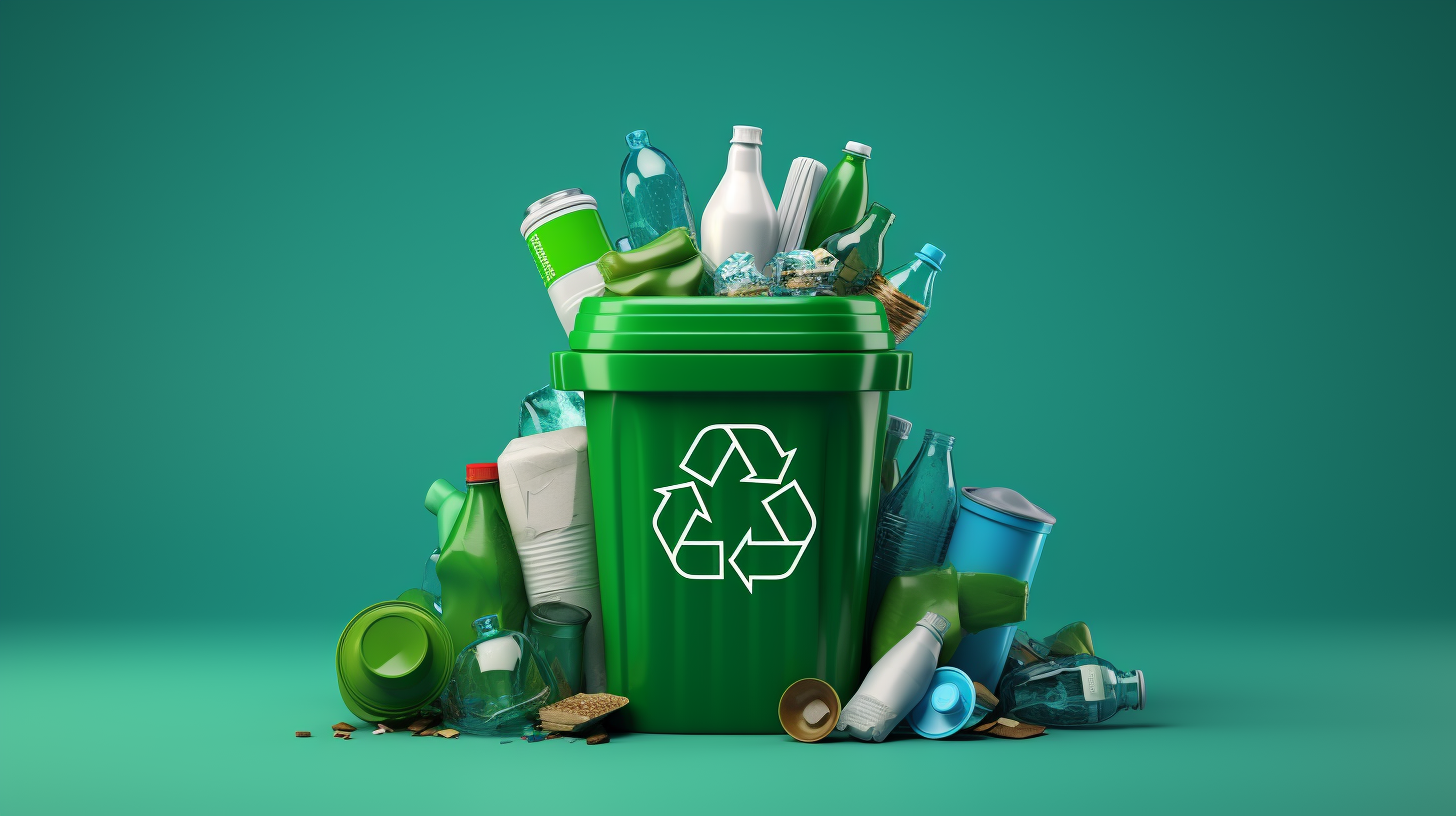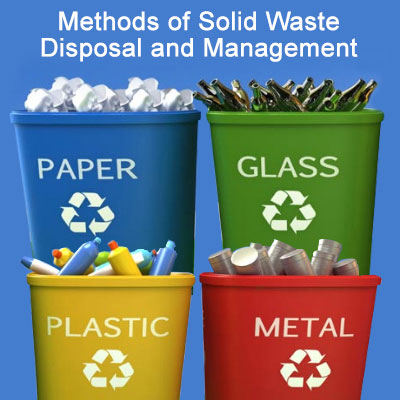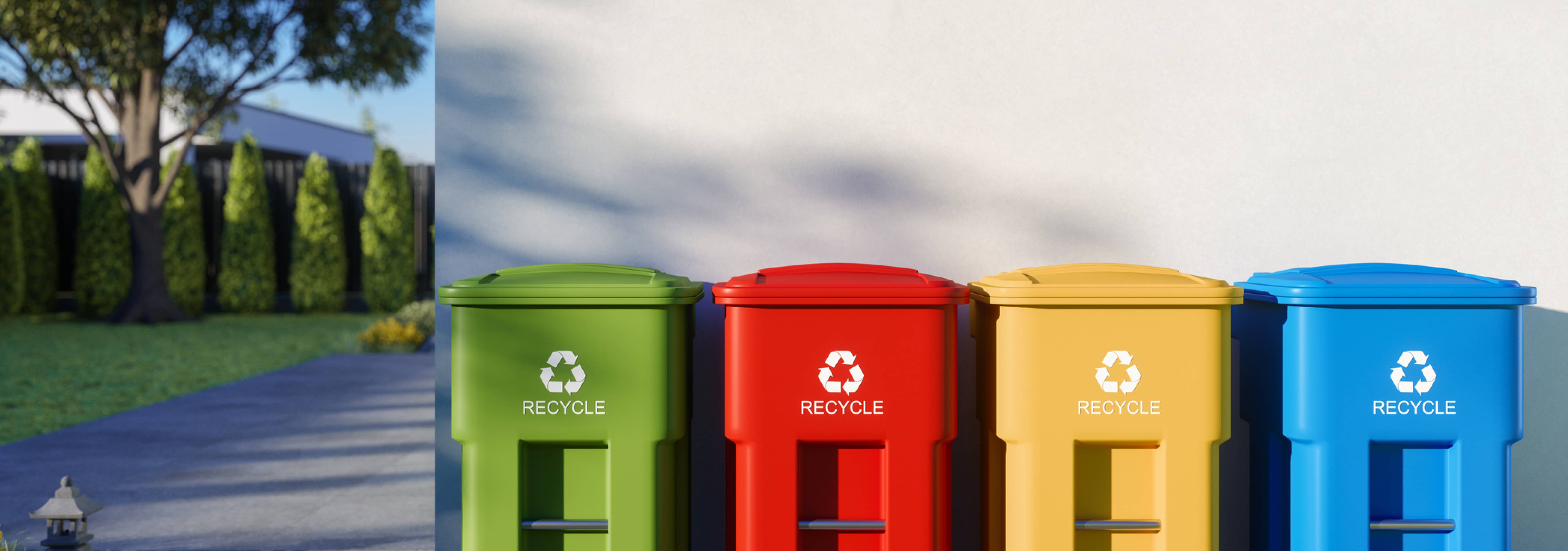Exploring Different Kinds Of Waste in Modern Waste Management Solution
The modern landscape of waste management entails navigating a complicated variety of waste kinds, each needing specialized handling and disposal methods to mitigate environmental effects. Metropolitan solid waste, unsafe waste, electronic waste, and natural waste each present distinct obstacles and chances for resource recuperation.
Community Strong Waste
Local solid waste, usually described as home garbage or rubbish, includes a selection of disposed of products created by household, industrial, and institutional resources within a community. This waste stream normally includes products such as packaging, food scraps, lawn trimmings, paper, plastics, fabrics, and disposed of house products. The monitoring of community strong waste is an important element of urban preparation and public health and wellness, requiring efficient collection, transport, and disposal systems.
Reliable waste monitoring systems are made to lessen ecological influence while optimizing source recuperation. This often includes a combination of approaches including landfilling, composting, and recycling. Reusing programs target materials like paper, glass, steels, and certain plastics, diverting them from landfills and reestablishing them right into the production cycle. Composting organic waste, such as food scraps and lawn trimmings, not just lowers landfill usage however likewise generates valuable soil changes.
Towns must additionally address the economic and logistical obstacles connected with waste administration. Implementing pay-as-you-throw systems, improving public understanding, and purchasing innovation can significantly enhance waste diversion prices. By integrating these techniques, communities can cultivate sustainable areas, reduce greenhouse gas discharges, and preserve natural deposits.
Hazardous Waste

Reliable contaminated materials monitoring includes numerous important steps: recognition, partition, disposal, and treatment. Identification entails the category of waste based upon its dangerous buildings. Segregation makes sure that hazardous materials are kept separately from non-hazardous waste to avoid cross-contamination. Treatment techniques, such as chemical neutralization, incineration, and stablizing, are employed to decrease the poisoning, quantity, or movement of the waste. Disposal choices, consisting of secure landfills and below ground storage space, are selected to make certain lasting containment.
Regulatory frameworks, such as the Source Preservation and Recovery Act (RCRA) in the USA, provide standards and criteria for contaminated materials management. Adherence to these guidelines, paired with advancements in waste treatment technologies, is vital in alleviating the risks connected with hazardous waste.
Electronic Waste
Digital waste, typically described as e-waste, stands for a quickly expanding obstacle in waste monitoring systems around the world. This sort of waste encompasses discarded electronic gadgets and equipment such as smart devices, computers, televisions, and various other electronic home appliances. The rapid rate of technical improvement, coupled with decreasing item life expectancies and customer need for the current gadgets, has actually significantly boosted the quantity of e-waste produced every year.
E-waste is particularly problematic due to its complicated structure, often containing unsafe substances like mercury, lead, and cadmium, which posture substantial ecological and wellness risks otherwise effectively taken care of. Conversely, e-waste also consists of beneficial materials such as silver, copper, and gold, which can be recouped and reused. The dual nature of e-waste-- both dangerous and useful-- requires specific handling, reusing, and disposal procedures.
Reliable e-waste management involves strict regulative structures, durable collection systems, and progressed reusing technologies. Public recognition and involvement are critical, as incorrect disposal techniques, such as illegal dumping and informal recycling, aggravate ecological contamination and health threats. As a result, boosting e-waste monitoring techniques is vital for minimizing ecological influence and recovering useful sources in an increasingly digital globe.

Organic Waste
Organic waste, consisting of kitchen scraps, yard trimmings, and farming deposits, stands for a substantial part of the worldwide waste stream. This type of waste is naturally degradable, meaning it can be damaged down by microbes right into easier organic substances. In spite of its potential for all-natural decay, inappropriate management of natural waste can lead to unfavorable ecological influences, including the exhaust of greenhouse gases such as methane, which add to climate adjustment.
Efficient monitoring of natural waste is vital for minimizing these environmental effects (recycling lives services). Composting is an extensively adopted technique, changing organic waste into nutrient-rich compost that link can boost soil health and wellness and agricultural performance. In addition, anaerobic digestion is an arising innovation that converts natural waste right into biogas, a renewable power source, and digestate, which can be used as plant food
Municipalities and waste monitoring entities need to execute robust natural waste collection and treatment programs to maximize the advantages of these processes. Public education campaigns can additionally play an essential role in motivating households and organizations to separate natural waste from other sorts of waste. By focusing on the management of natural waste, cultures can decrease land fill usage, reduced greenhouse gas discharges, and produce important by-products for farming usage.

Ingenious Waste Management
In the realm of waste monitoring, innovative approaches are transforming exactly how read this cultures handle their refuse, going for sustainability and effectiveness. These advancements include an array of technologies and techniques that improve recycling prices, decrease garbage dump reliance, and lower environmental influence. One popular development is the application of clever waste bins furnished with sensors that check fill degrees and enhance collection paths. This not only decreases fuel intake yet additionally lessens greenhouse gas discharges.
One more notable growth is the adoption of waste-to-energy (WtE) technologies. By transforming non-recyclable waste into usable power with processes such as incineration and anaerobic digestion, WtE lowers garbage dump problem and offers a renewable resource resource. Moreover, innovations in chemical recycling allow for the malfunction of complicated plastics right into their original monomers, making it possible for the production of new, high-grade plastic products.
Furthermore, the round economic climate design is obtaining traction, emphasizing the design of items and systems that prioritize reusability and source efficiency. This all natural technique motivates markets to decrease waste generation from the outset. Via these ingenious approaches, modern waste administration systems are not just addressing the instant difficulties of garbage disposal but likewise leading the means for a more sustainable future.
Final Thought
A thorough understanding of municipal solid waste, unsafe waste, electronic waste, and organic waste, paired with the application of cutting-edge waste management services, is necessary for reducing ecological influences. Integrating innovations such as smart waste bins and waste-to-energy systems can enhance effectiveness and sustainability. Reliable waste administration strategies not just foster source recovery yet additionally promote public understanding and engagement, ultimately contributing to the growth of a circular economic climate.
The modern landscape of waste management involves navigating a complicated selection of waste kinds, each requiring specialized handling and disposal techniques to minimize environmental impacts. Local solid waste, hazardous waste, electronic waste, and natural waste each existing distinctive obstacles and possibilities for source recuperation.Digital waste, frequently referred to as e-waste, stands for a rapidly growing challenge in waste monitoring systems around the you can try these out world. Via these cutting-edge methods, contemporary waste administration systems are not only dealing with the immediate difficulties of waste disposal however also paving the means for an extra lasting future.
A comprehensive understanding of metropolitan strong waste, harmful waste, electronic waste, and organic waste, coupled with the application of innovative waste administration solutions, is imperative for reducing environmental influences. (recycling lives services)
Comments on “Why Select Recycling Lives Services for Your Waste Administration Requirements”